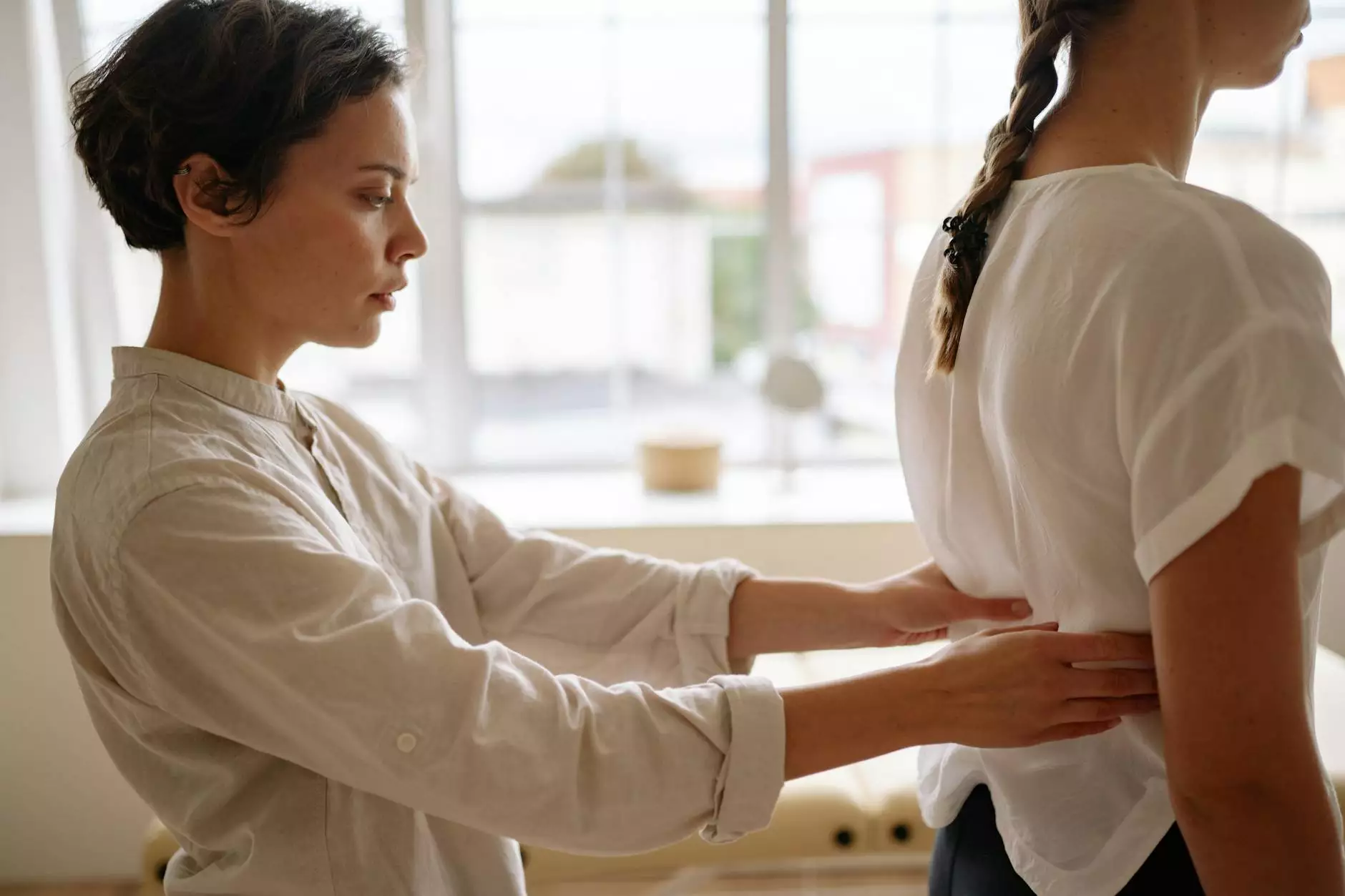5 Exercises to Defeat Chondromalacia Patella (and 3 to Avoid)
Blog
Introduction
Welcome to Regency Square Care Center, your trusted partner in health and well-being. In this article, we will explore five essential exercises to help you overcome the challenges associated with chondromalacia patella, a condition that affects the cartilage beneath the kneecap.
Understanding Chondromalacia Patella
Chondromalacia patella, also known as runner's knee, is a common knee ailment that causes pain, swelling, and discomfort. It occurs due to the softening and deterioration of the cartilage under the kneecap, resulting in an imbalance and misalignment of the patella.
This condition is often associated with activities that involve repetitive knee movements, such as running, jumping, or squatting. It can also arise as a result of aging, muscle imbalances, or previous knee injuries.
Exercises for Chondromalacia Patella
1. Quadriceps Strengthening Exercises
The quadriceps muscles play a vital role in stabilizing the knee joint. Strengthening these muscles can help alleviate the symptoms of chondromalacia patella. Some effective exercises include:
- Squats: Start with your feet shoulder-width apart, keep your back straight, and lower your body as if sitting back onto a chair. Repeat for 10-15 repetitions.
- Lunges: Stand tall with one leg forward and the other leg behind you. Lower your body to a 90-degree angle, keeping your front knee directly over your ankle. Complete 10-15 repetitions on each leg.
- Step-ups: Use a step or platform, plant one foot on it, and push yourself upward using the leg muscles. Alternate legs and aim for 10-15 repetitions on each side.
2. Hamstring Stretching Exercises
Tightness in the hamstring muscles can contribute to chondromalacia patella. Incorporate these stretching exercises into your routine:
- Standing forward bend: Stand with your feet hip-width apart and slowly bend forward, reaching towards your toes. Hold for 20-30 seconds.
- Supine hamstring stretch: Lie on your back, extend one leg upward, and use a towel or strap to gently pull the leg towards your chest. Hold for 20-30 seconds on each leg.
- Seated hamstring stretch: Sit on the edge of a chair, extend one leg in front of you, and reach towards your toes while keeping your back straight. Hold for 20-30 seconds on each leg.
3. Hip Strengthening Exercises
Strong hip muscles can help improve stability and reduce the strain on the knees. Try these exercises:
- Clamshells: Lie on your side with your knees bent and feet together. Slowly lift the top knee while keeping your feet together. Repeat 10-15 times on each side.
- Bridges: Lie on your back with your knees bent. Lift your hips off the ground, creating a straight line from your knees to your shoulders. Perform 10-15 repetitions.
- Side leg lifts: Lie on your side with your legs straight. Slowly lift the top leg towards the ceiling, then lower it back down. Aim for 10-15 repetitions on each side.
4. Patellar Stabilization Exercises
These exercises focus on improving the stability of the patella, helping to reduce pain and discomfort:
- Terminal knee extensions: Sit on a chair with your knees bent. Place a towel roll beneath your affected knee and straighten your leg, pressing the back of your knee into the towel. Repeat 10-15 times.
- Wall squats with a stability ball: Stand with your back against a wall and place a stability ball between your lower back and the wall. Slowly squat down, keeping your back against the ball. Perform 10-15 repetitions.
- Single-leg balance exercises: Stand on one leg for 30 seconds, then switch to the other leg. Repeat five times on each side.
5. Low-Impact Cardio Exercises
Engaging in low-impact cardio exercises can help maintain cardiovascular fitness without excessive strain on the knees. Consider these options:
- Swimming: Swimming provides a full-body workout while being gentle on the joints. Try swimming laps or water aerobics.
- Cycling: Cycling is a low-impact exercise that strengthens leg muscles without placing significant stress on the knee joints. Whether outdoors or using a stationary bike, aim for regular sessions.
- Elliptical training: Using an elliptical machine reduces impact while offering a cardiovascular workout. Start with shorter sessions and gradually increase intensity.
Conclusion
By incorporating these exercises into your routine, you can combat the challenges of chondromalacia patella with targeted strength and flexibility training. Remember to consult with a healthcare professional, such as the experts at Regency Square Care Center, before starting any new exercise program. They can provide personalized guidance tailored to your specific needs.
Regency Square Care Center is dedicated to providing exceptional geriatric and aging care services to help you lead a healthier and more fulfilling life. Take the first step towards a pain-free future by implementing these exercises into your daily routine, and together, we can overcome chondromalacia patella.




